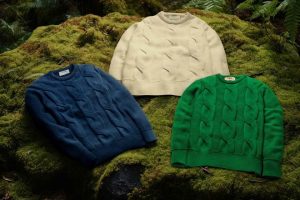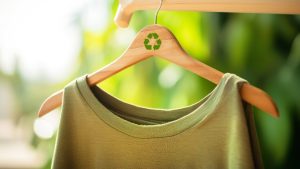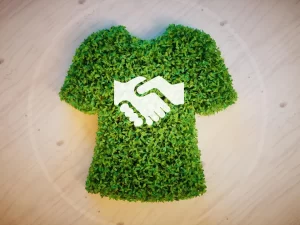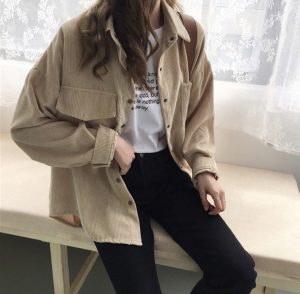“Building a Sustainable Wardrobe: How to Incorporate Eco-Friendly Clothing into Your Style”

Title: Building a Sustainable Wardrobe: How to Incorporate Eco-Friendly Clothing into Your Style
Introduction:
As awareness of environmental issues grows, many individuals are seeking ways to reduce their carbon footprint and embrace more sustainable lifestyles, including their fashion choices. Building a sustainable wardrobe involves making conscious decisions about the clothing we purchase, opting for garments that are eco-friendly, ethically produced, and made to last. In this guide, we’ll explore practical tips for incorporating eco-friendly clothing into your style, allowing you to look good while doing good for the planet.
1. Prioritize Quality Over Quantity:
– Invest in high-quality, well-made garments that are built to last.
– Choose timeless styles and classic pieces that won’t go out of fashion and can be worn for years to come.
– Look for durable fabrics like organic cotton, hemp, linen, or Tencel® that are long-lasting and sustainable.
2. Embrace Secondhand and Vintage Finds:
– Explore thrift stores, consignment shops, and online resale platforms to discover unique secondhand and vintage clothing.
– Not only does shopping secondhand reduce waste and support circular fashion, but it also allows you to find one-of-a-kind pieces that reflect your personal style.
– Experiment with upcycling and repurposing techniques to breathe new life into vintage garments, such as altering the fit, adding embellishments, or dyeing fabrics.
3. Choose Sustainable and Ethical Brands:
– Support brands and designers that prioritize sustainability, ethical labor practices, and transparency in their supply chains.
– Look for certifications and accreditations such as Fair Trade, Global Organic Textile Standard (GOTS), or OEKO-TEX® Standard 100, which ensure environmental and social responsibility.
– Research brands’ sustainability initiatives, such as using eco-friendly materials, minimizing waste, and reducing carbon emissions, to make informed purchasing decisions.
4. Opt for Eco-Friendly Fabrics:
– Choose clothing made from eco-friendly and renewable materials such as organic cotton, bamboo, hemp, recycled polyester, or Tencel® (lyocell).
– Avoid synthetic fabrics like polyester and nylon, which are derived from fossil fuels and contribute to microplastic pollution in the environment.
– Consider the environmental impact of dyeing and processing techniques used in garment production, and opt for naturally dyed or low-impact dyed fabrics whenever possible.
5. Practice Minimalism and Capsule Wardrobes:
– Embrace minimalism by curating a capsule wardrobe consisting of versatile, interchangeable pieces that can be mixed and matched to create multiple outfits.
– Focus on quality over quantity, investing in a few well-chosen essentials that reflect your personal style and can be worn for various occasions.
– By simplifying your wardrobe and reducing excess consumption, you can minimize waste and make more sustainable fashion choices.
6. Extend the Lifespan of Your Clothing:
– Take care of your clothing by following proper care instructions, such as washing on a gentle cycle, air-drying, and storing garments in a cool, dry place.
– Repair damaged or worn-out clothing instead of discarding it, whether it’s sewing on a missing button, patching a hole, or mending a seam.
– Consider clothing rental and sharing platforms for special occasions or statement pieces that you may only wear once or twice.
Conclusion:
Building a sustainable wardrobe is not only about reducing environmental impact but also about embracing mindful consumption and conscious living. By prioritizing quality over quantity, embracing secondhand and vintage finds, supporting sustainable and ethical brands, opting for eco-friendly fabrics, practicing minimalism, and extending the lifespan of your clothing, you can incorporate eco-friendly clothing into your style while making a positive impact on the planet. With thoughtful consideration and mindful choices, you can create a wardrobe that reflects your values, expresses your personal style, and contributes to a more sustainable future for fashion.






